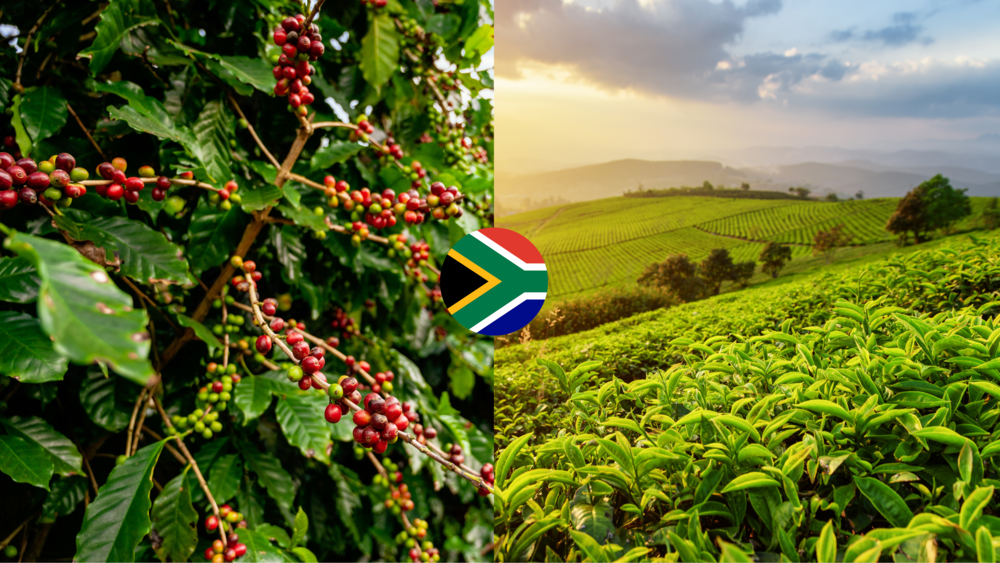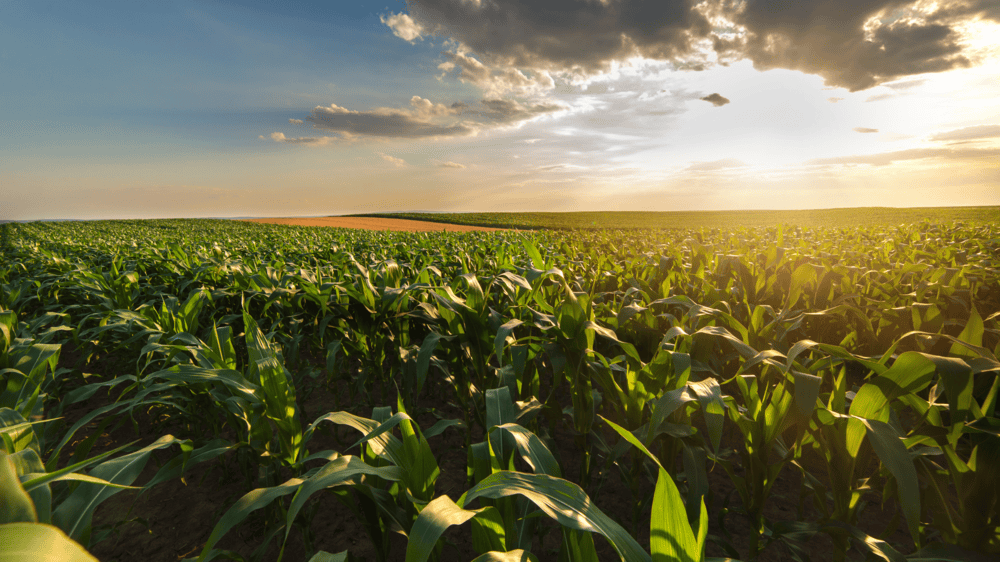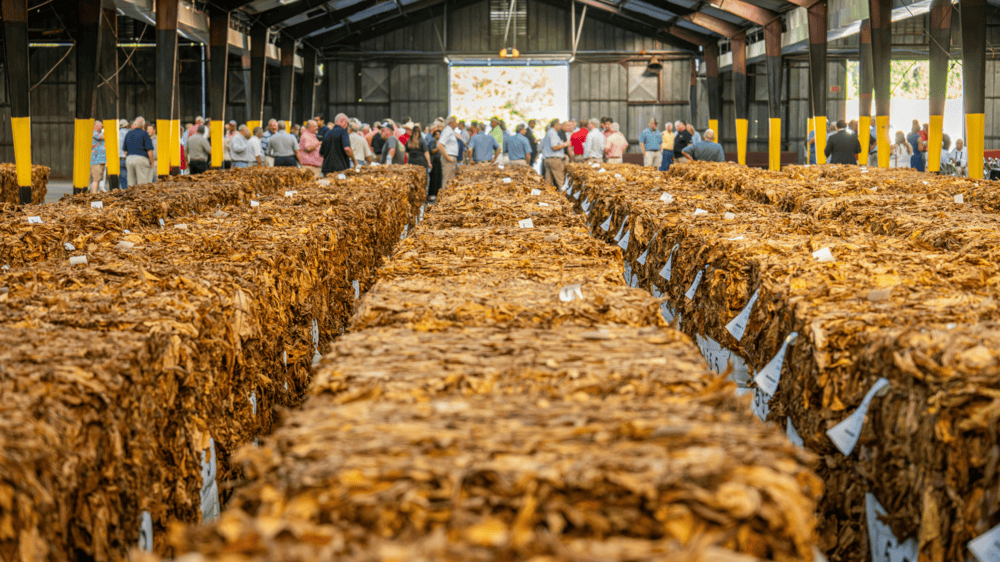Ocean & Coastal fishing and Aquaculture in South Africa
Sunday 21 November 2021 was World Fisheries Day, an event celebrated around the world to raise awareness about ways to protect a healthy ocean eco-system and sustainability.
The present day Ocean and Coastal Fishing and Aquaculture sector –fishing-, next to hunting and agriculture, has always been a core activity of communities: providing food and livelihoods, food security, jobs. The sector is a net exporter of fish and other marine species, and is an important earner of foreign revenue. According to the latest WOW report, the sector provides around 27,000 direct jobs and employment for a further 100,000 people in the supply chain.
The sector is also known to support hundreds of families along the coastline through informal fishing. The global demand for fish products is projected to grow by 47% by 2030. This growth promises better opportunities for all roles players in the sector and with fish being a vital source of protein for more than 40 per cent of the world’s population, the sector needs to be nurtured.
In 2004, South Africa’s hake deep-sea trawl industry became the first hake fishing sector in the world to be certified as environmentally sustainable by the Marine Stewardship Council (MSC) In February 2021, the fishery sector was certified for a fourth five-year period.
Talking about growth in demand of fish based food, it has to be noted that, unlike meat and vegetables, there is a practical limit to wild fish. There is no controlled environment whereby they can be bred and or selected to produce larger numbers. We cannot protect young from predation, we cannot apply biological technologies to improve genetics and increase numbers.
The South African government has made attempts to introduce further legislation to manage the species and ocean bio-diversity to prevent over-fishing and extinction, particularly in instances where we have reached quantity limits for certain species. Partnerships with advocacy groups have been forged to drive awareness and to encourage consumers to buy sustainable seafood, buy fish that’s in season to help keep overfishing down and give the fish time to replenish their numbers and to also eat different types of seafood in order to help keep the demand of 1 particular fish down.
According to the WoW report South Africa produces around 500,000 tonnes of fish annually. The Marine Living Resources Act (MLRA) of 1998 that aims to promote equity, economic efficiency and sustainability needs updating. The South African Marine Fishery Resources 2020, reported improvements but still finds 39% of stocks are red listed as over-exploited stock and endangered species have not shown any improvement since 2016.
The sector is not considered economically strategic in a lot of countries, yet given the nature of its activities and structure that involves a large contingent of subsistence fishers benefitting a vast population, makes it a political hot potato.
In South Africa, the allocation of fishing rights has stirred controversy with claims that politically connected companies have benefitted at the expense of small-scale fishers. The 2013 Small-scale Fisheries Policy awarded 11,020 licenses to LESS than half the subsistence and artisanal fishers (22,600 people). Subsistence fishers, to feed their families, fish with or without a license; it’s their lifeline to existence. Also the recreational fishing permits issued by government are between 500,000 to 900,000, but the real number according to research done by WOW, the number is around 1.5 million. Illegal commercial fishing/harvesting especially in high value export species (e.g. abalone) is not well managed and proper records are not kept.
One important part of the solution is aquaculture. This is where South Africa should direct its efforts, especially given that we are lagging far behind. According to Food and Agricultural Organisation (FAO), the world produces 46% of fish from aquaculture and will up this share to 53% by 2030. In South Africa we produce 1.5% of aquaculture fish out of a total of 500,000 tons.
One might ask, what are the other game changers in the sector? And what roles can new technologies play in growing and sustaining the fishing and aquaculture industry. Well, the Genetic improvement through breeding has been key to the boom of the world aquaculture – that is but one example.
New technologies have the potential to impact this sector positively by increasing offshore farming, recirculating aquaculture systems, internet of things and may provide solutions for sustainable and profitable aquaculture. Technology also presents an opportunity to increase outputs in this sector and smaller scale fishers can participate more meaningfully through the use of their smart phones.
Value chains can be shortened and direct sales to consumers can be realised through the use of digital marketplaces improving financial independence and therefore livelihoods. They can also share information about their trade, weather conditions and enter into barter arrangements using their smart phones, which are ubiquitous these days.
Contact us to access WOW's quality research on African industries and business
Contact UsRelated Articles
BlogCountries Agriculture forestry and fishingSouth Africa
South Africa’s Tea & Coffee Market 2025: Price Shocks, Café Boom & Export Wins
Contents [hide] Anyone who remembers the competition between Betamax and VHS will know that VHS won the day, not because it had better technology. The same phenomenon is evident in...
BlogCountries Agriculture forestry and fishingSouth Africa
The Agribusiness Sector in South Africa
Contents [hide] The South African agribusiness sector is a backbone of the economy, driving growth and providing food security and employment. Who Owns Whom’s report on the agricultural sector in...
BlogCountries Agriculture forestry and fishingMozambique
Tobacco industry in Mozambique – Strategies to revitalise Mozambique’s declining tobacco industry
Contents [hide] The global tobacco market is a double-edged sword. On the one hand, international regulations and health campaigns are intensifying, advocating for healthier lifestyles and discouraging people from using...





